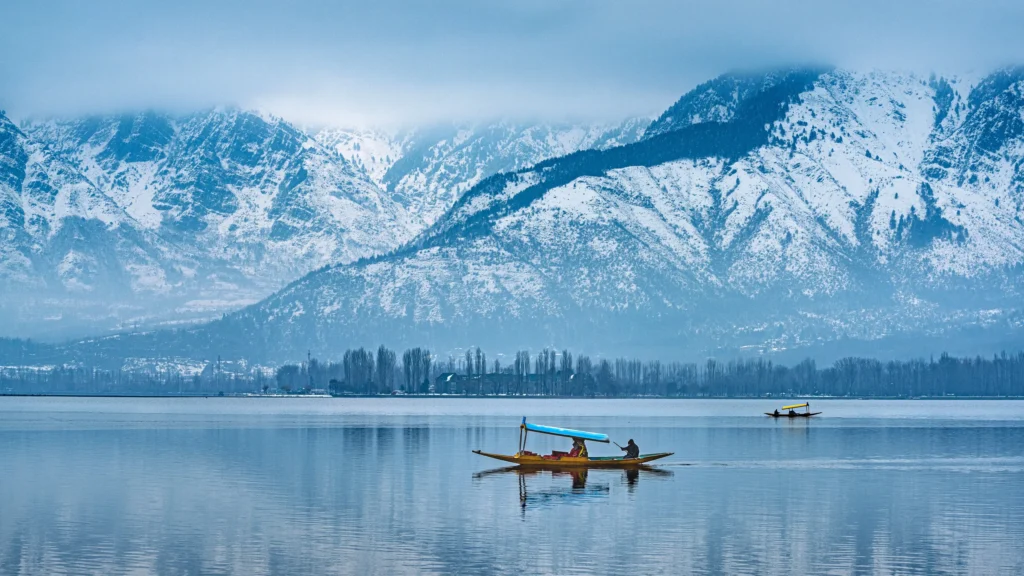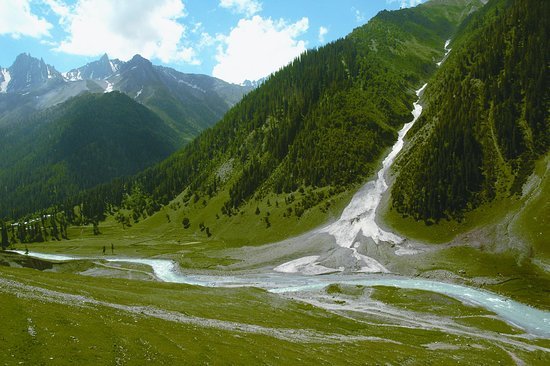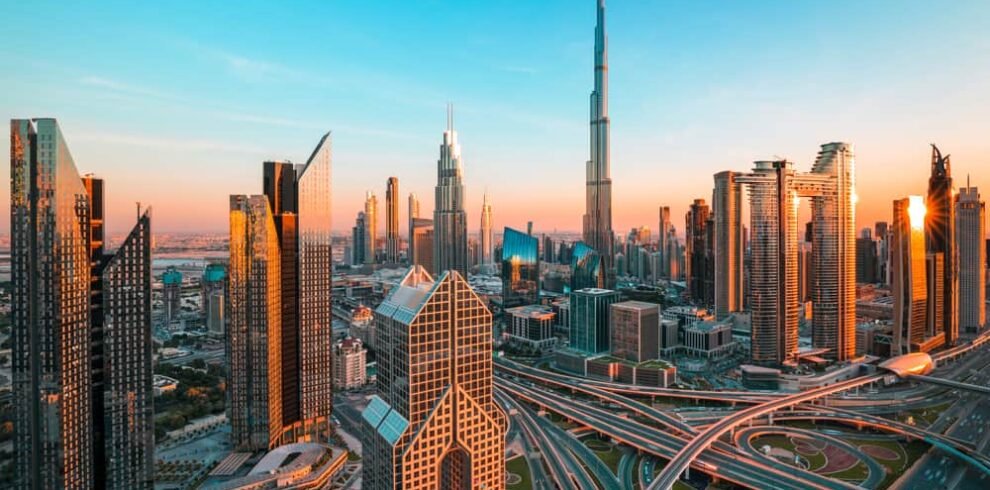Kashmir, often referred to as “Paradise on Earth,” is a region renowned for its breathtaking natural beauty, serene landscapes, and rich cultural heritage. Located in the northern part of India, Kashmir offers a variety of attractions for tourists, including snow-capped mountains, pristine lakes, lush green valleys, and historic monuments. Here are some details you might find useful for planning a tour to Kashmir:
- Best Time to Visit: The best time to visit Kashmir is during the summer months, from April to June, when the weather is pleasant and the flowers are in full bloom. Autumn, from September to November, is also a beautiful time to visit, with clear skies and vibrant foliage. However, if you’re interested in experiencing snowfall and winter sports like skiing, December to February is the ideal time.
- Popular Destinations:
- Srinagar: The capital city of Jammu and Kashmir, famous for its beautiful gardens, houseboats, and the serene Dal Lake.
- Gulmarg: A popular hill station known for its skiing and snowboarding opportunities, as well as the Gulmarg Gondola, one of the highest cable cars in the world.
- Pahalgam: A picturesque town known for its lush green meadows, gushing rivers, and scenic trekking routes.
- Sonamarg: Known as the “Meadow of Gold,” Sonamarg offers stunning views of snow-capped mountains and is a base for treks to the Amarnath Cave.
- Leh-Ladakh: While not technically part of Kashmir, many tourists include Leh-Ladakh in their Kashmir itinerary for its stunning landscapes, Buddhist monasteries, and adventurous activities like trekking and river rafting.
- Accommodation: Kashmir offers a wide range of accommodation options to suit every budget, including luxury hotels, boutique guesthouses, houseboats on Dal Lake, and budget-friendly guesthouses and homestays.
- Activities: Some popular activities to enjoy in Kashmir include Shikara rides on Dal Lake, trekking in the Himalayas, river rafting in the Lidder River, shopping for Kashmiri handicrafts and Pashmina shawls, and indulging in delicious Kashmiri cuisine.
- Transportation: Srinagar is the main entry point for tourists visiting Kashmir and is well-connected by air, road, and rail. The Srinagar International Airport receives flights from major cities in India. Once in Kashmir, tourists can hire taxis, buses, or private vehicles to explore the region.
- Permits: Some areas in Kashmir, especially those close to the border with Pakistan and China, may require special permits for tourists. It’s advisable to check the current regulations and obtain any necessary permits before planning your trip.
- Safety: While Kashmir is a beautiful destination, it’s essential to stay informed about the current security situation in the region. It’s recommended to check travel advisories issued by your government and follow any safety guidelines provided by local authorities.
Remember to pack appropriate clothing, including warm clothes if you’re visiting during the winter months, and to carry any necessary medications or supplies, especially if you plan to venture into remote areas. With its stunning natural beauty and rich cultural heritage, a tour to Kashmir promises to be an unforgettable experience.
Overview
- Geographical Location: Kashmir is a region in the northern part of the Indian subcontinent. It is located mainly in the Indian-administered union territory of Jammu and Kashmir, with parts also administered by Pakistan (Azad Kashmir) and China (Aksai Chin).
- Political Dispute: The region has been a longstanding source of conflict between India and Pakistan since the partition of British India in 1947. Both countries claim Kashmir in its entirety but control only parts of it, leading to several wars and ongoing tensions.
- Article 370: Until August 5, 2019, Article 370 of the Indian Constitution granted special autonomous status to Jammu and Kashmir, giving it a significant degree of autonomy in its internal affairs. However, the Indian government revoked this special status, leading to widespread controversy and protests.
- Human Rights Concerns: The region has faced allegations of human rights abuses, including arbitrary arrests, excessive use of force, and suppression of dissent, particularly in the Indian-administered part. Both India and Pakistan have been criticized by international human rights organizations for their actions in the region.
- Militancy and Insurgency: Kashmir has witnessed a protracted insurgency against Indian rule since the late 1980s, with various militant groups fighti








